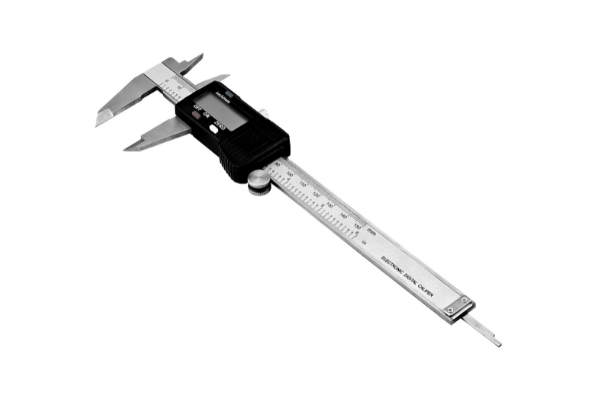PBR (Purlin Bearing Rib) panels are commonly used in the construction industry for roofing and wall applications. The terms "gross coverage" and "net coverage" refer to the amount of surface area that a PBR panel can effectively cover.
Gross coverage refers to the total area that a PBR panel can cover, including the overlap between adjacent panels. This measurement takes into account the entire width of the panel, including the overlapping rib, which is typically around 1.5 inches.
On the other hand, net coverage refers to the actual surface area that a PBR panel can cover without including the overlap. It is calculated by subtracting the overlap from the gross coverage. Net coverage is important to consider when determining the number of panels needed for a project and the cost of materials.
In general, gross coverage is used for estimating the total area of coverage needed, while net coverage is used for calculating the actual number of panels required for a project. It's important to take both gross and net coverage into account when planning a construction project using PBR panels to ensure that the correct amount of materials are ordered and that the installation is properly executed.
The Net Coverage on PBR Panels is 36 inches (3FT)


















